I have a pure html form which I wish to use to collect sign-in information using a Django backend.
Here is my pure non-Django html form:
<form id="contactForm" method="POST">
<div class="row">
<div class="form-group">
<div class="col-md-12">
<label>Username or E-mail Address</label>
<input type="text" value="" class="form-control">
</div>
</div>
</div>
<div class="row">
<div class="form-group">
<div class="col-md-12">
<a class="pull-right" href="#">(Lost Password?)</a>
<label>Password</label>
<input type="password" value="" class="form-control">
</div>
</div>
</div>
<div class="row">
<div class="col-md-6">
<span class="remember-box checkbox">
<label for="rememberme">
<input type="checkbox" id="rememberme" name="rememberme">Remember Me
</label>
</span>
</div>
<div class="col-md-6">
<a href="#" class="btn btn-primary btn-orange uppercase pull-right">Login</a>
</div>
</div>
</form>
Here is what it looks like with all the styling:
In order to process this form I have created a view:
def login_page(request):
form = LoginForm(request.POST or None)
context = {'form': form}
next_ = request.GET.get('next')
next_post = request.POST.get('next')
redirect_path = next_ or next_post or None
if form.is_valid():
username = form.cleaned_data.get('username')
password = form.cleaned_data.get('password')
user = authenticate(request, username=username, password=password)
if user is not None:
login(request, user)
try:
del request.session['guest_email_id']
except:
pass
if is_safe_url(redirect_path, request.get_host()):
return redirect(redirect_path)
return redirect('/')
else:
print('Error')
return render(request, 'users/login.html', context)
I am aware that I need a form.py class which I have created and is as follows:
class LoginForm(forms.Form):
username = forms.CharField()
password = forms.CharField(widget=forms.PasswordInput())
How do I use this form class to render the same form as done by the html preserving the styling. Additionally, once rendered how do I submit the form data for processing to the view by using the link disguised as a button below?
<a href="#" class="btn btn-primary btn-orange uppercase pull-right">Login</a>
